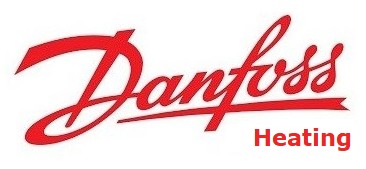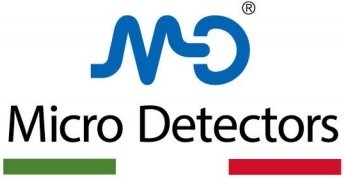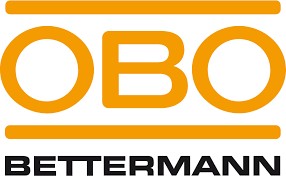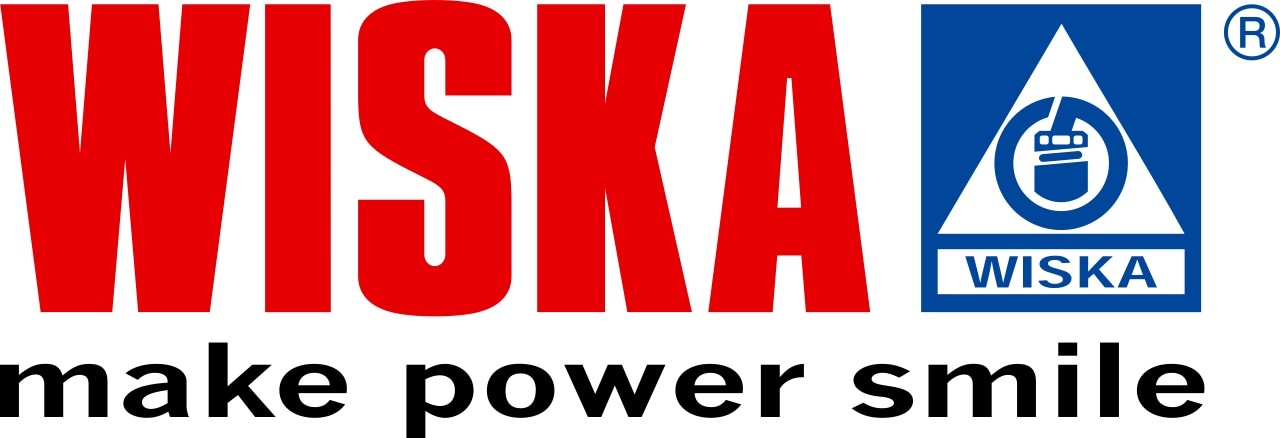Sem produtos
Produto adicionado com sucesso ao seu carrinho de compras
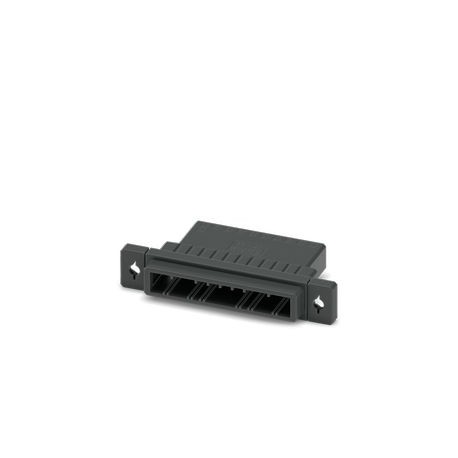 Ver maior
Ver maior
D31H 2,2/10-PT-3,81-Y 1341139 PHOENIX CONTACT Terminal de alimentação, cor: preto, corrente nominal: 8 A, te..
D31H 2,2/10-PT-3,81-Y
1341139
PHOENIX_CONTACT
50
Terminal de alimentação, cor: preto, corrente nominal: 8 A, tensão nominal (III/2): 160 V, tipo de contacto: Macho, número de linhas: 1, número de polos: 10, família de artigos: D31H 2,2/.. -PT, passo: 3.81mm, tipo de conexão: conexão frisada, condutor/placa de circuito impresso direção da conexão: 0°, gancho de fixação: - sem gancho de fixação, sistema plug-in: CONNEXIS D, travamento: Fechadura de renda, tipo de fixação: Protrusão de renda, tipo de embalagem: embalagem in a box
Feed-through connector, color: black, nominal current: 8 A, rated voltage (III/2): 160 V, contact connection type: Pin, number of rows: 1, number of positions: 10, product range: D31H 2,2/..-PT, pitch: 3.81 mm, connection method: Crimp connection, conductor/PCB connection direction: 0 °, locking clip: - without locking clip, plug-in system: CONNEXIS D, locking: Snap-in locking, mounting: Engagement nose, type of packaging: packed in cardboard
Home > PHOENIX_CONTACT
* Produto novo em sua embalagem original com todas as garantias e certificações de PHOENIX_CONTACT
Related products
▲Best sellers
▲Mais informação
▲| Product line | CONNEXIS Connectors S |
| Product type | Feed-through connector |
| Product family | D31H 2,2/..-PT |
| Number of positions | 10 |
| Pitch | 3.81 mm |
| Number of rows | 1 |
| Nominal current IN | 8 A |
| Nominal voltage UN | 160 V |
| Degree of pollution | 3 |
| Contact resistance | 5 mΩ |
| Rated voltage (III/3) | 160 V |
| Rated surge voltage (III/3) | 2.5 kV |
| Rated voltage (III/2) | 160 V |
| Rated surge voltage (III/2) | 2.5 kV |
| Rated voltage (II/2) | 320 V |
| Rated surge voltage (II/2) | 2.5 kV |
| Interlock | |
| Locking type | Snap-in locking |
| Mounting flange | Engagement nose |
| Conductor connection | |
| Connection method | Crimp connection |
| Conductor cross section AWG | 28 ... 14 |
| Stripping length | 4.5 mm |
| Material data - housing | |
| Color (Housing) | black (9005) |
| Insulating material | PBT |
| Insulating material group | II |
| CTI according to IEC 60112 | 400 ≤ CTI |
| Flammability rating according to UL 94 | V0 |
| Note on the contact | These connectors conform to DIN EN 61984, connectors without switching capacity (COC). When used for their intended purpose, they must not be plugged in or disconnected live or under load. |
| Note on application | All laboratory tests are performed in combination with the crimp contacts specified as accessories. |
| Note on application | The current depends on the crimp contact and conductor cross section used. |
| Note on application | The corresponding crimp contacts are to be found in the "Accessories" tab. |
| Dimensional drawing |  |
| Pitch | 3.81 mm |
| Width [w] | 67 mm |
| Height [h] | 12.7 mm |
| Length [l] | 33.6 mm |
| PCB design | |
| Hole diameter | 3.6 mm |
| Tensile strength of crimp connections | |
| Result | Test passed |
| Conductor cross section/conductor type/tractive force setpoint/actual value | AWG 28 / flexible / > 11 N |
| Insertion and withdrawal forces | |
| Result | Test passed |
| No. of cycles | 25 |
| Insertion strength per pos. approx. | 6 N |
| Withdraw strength per pos. approx. | 6 N |
| Contact holder in insert | |
| Specification | IEC 60512-15-1:2008-05 |
| Contact holder in insert Requirements >20 N | Test passed |
| Resistance of inscriptions | |
| Specification | IEC 60068-2-70:1995-12 |
| Result | Test passed |
| Polarization and coding | |
| Specification | IEC 60512-13-5:2006-02 |
| Result | Test passed |
| Visual inspection | |
| Specification | IEC 60512-1-1:2002-02 |
| Result | Test passed |
| Dimension check | |
| Specification | IEC 60512-1-2:2002-02 |
| Result | Test passed |
| Thermal test | Test group C | |
| Specification | IEC 60512-5-1:2002-02 |
| Tested number of positions | 10 |
| Insulation resistance | |
| Specification | IEC 60512-3-1:2002-02 |
| Insulation resistance, neighboring positions | > 5 MΩ |
| Air clearances and creepage distances | | |
| Specification | IEC 60664-1:2007-04 |
| Insulating material group | II |
| Comparative tracking index (IEC 60112) | CTI ≥400 to <600 |
| Rated insulation voltage (III/3) | 160 V |
| Rated surge voltage (III/3) | 2.5 kV |
| minimum clearance value - non-homogenous field (III/3) | 1.5 mm |
| minimum creepage distance (III/3) | 2.2 mm |
| Rated insulation voltage (III/2) | 160 V |
| Rated surge voltage (III/2) | 2.5 kV |
| minimum clearance value - non-homogenous field (III/2) | 1.5 mm |
| minimum creepage distance (III/2) | 1.5 mm |
| Rated insulation voltage (II/2) | 320 V |
| Rated surge voltage (II/2) | 2.5 kV |
| minimum clearance value - non-homogenous field (II/2) | 1.5 mm |
| minimum creepage distance (II/2) | 2.2 mm |
| Vibration test | |
| Specification | IEC 60068-2-6:2007-12 |
| Frequency | 10 - 150 - 10 Hz |
| Sweep speed | 1 octave/min |
| Amplitude | 0.35 mm (10 Hz ... 60.1 Hz) |
| Sweep speed | 50 m/s² (60.1 Hz ... 150 Hz) |
| Test duration per axis | 2.5 h |
| Durability test | |
| Specification | IEC 60512-9-1:2010-03 |
| Impulse withstand voltage at sea level | 2.95 kV |
| Contact resistance R1 | 5 mΩ |
| Contact resistance R2 | 5 mΩ |
| Insertion/withdrawal cycles | 25 |
| Climatic test | |
| Specification | ISO 6988:1985-02 |
| Corrosive stress | 0.2 dm3SO2on 300 dm3/40 °C/1 cycle |
| Thermal stress | 105 °C/168 h |
| Power-frequency withstand voltage | 1.39 kV |
| Ambient conditions | |
| Ambient temperature (operation) | -55 °C ... 105 °C (dependent on the derating curve) |
| Ambient temperature (storage/transport) | -40 °C ... 70 °C |
| Relative humidity (storage/transport) | 30 % ... 70 % |
| Ambient temperature (assembly) | -5 °C ... 100 °C |
| Type of packaging | packed in cardboard |
Avaliações: (0) ▲
Não há comentários do produto ainda.
| Avaliação: |





|
| Nome: | |
| Email: | |
| Título: | |
| Opinión: | |
| Você recomendaria esse produto para comprar? | |
|
|
|
| Adicionar avaliação | |
Todas as classificações que recebemos a partir dos itens que oferecemos são reais e verificadas. Um pequeno gesto, mas muito valioso. Então, obrigado por esse minuto você gasta em deixar-nos a sua opinião e classificação de produtos, porque nos ajuda a continuar a melhorar e oferecer maior qualidade de serviço.





